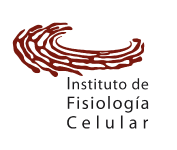All eukaryotes can be traced back to a single shared ancestral lineage that emerged from interactions between different prokaryotic cells. Current models of eukaryogenesis describe various selective forces and evolutionary mechanisms that contributed to the formation of eukaryotic cells. Central to this process were significant changes in cellular structure, resulting in the configuration of a new cell type characterized by internal membrane compartments. Additionally, eukaryogenesis results in a life cycle that relies on cell-cell fusion. We discuss the potential roles of proteins involved in remodeling cellular membranes, highlighting two critical stages in the evolution of eukaryotes: the internalization of symbiotic partners and a scenario wherein the emergence of sexual reproduction is linked to a polyploid ancestor generated by cell-cell fusion.
ABSTRACT



